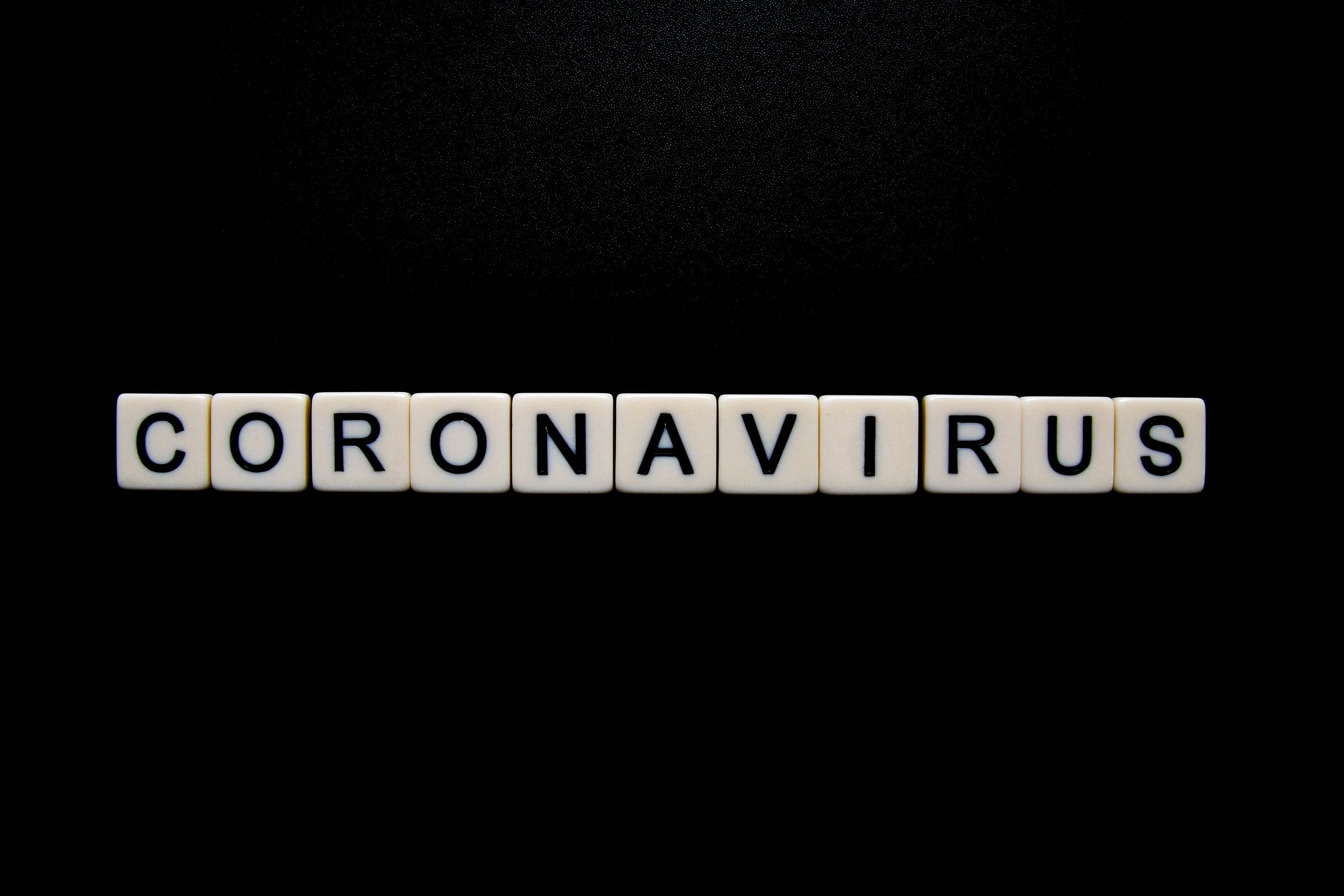Each week, The Daily’s Science & Tech section produces a roundup of the most exciting and influential research happening on campus or otherwise related to Stanford. Here’s our digest for the week of Sept 27 – Oct 3.
Less than 10% of the U.S. population have coronavirus antibodies
Less than 10% of Americans have antibodies to coronavirus, a study published on Sept. 25 in “The Lancet” reports. To reach herd immunity, scientists estimate that 60 to 70% of the population must have coronavirus antibodies before the virus subsides.
“This is the largest study to date to confirm that we are nowhere near herd immunity,” Julie Parsonnet, a professor of medicine, epidemiology and population health, told Stanford Medicine News.
The team analyzed blood samples from nearly 28,000 dialysis patients across 46 states, and findings suggested that living in a higher population density area presents a 10-fold higher risk of contracting the virus compared to lower density areas.
“With this survey, we were able to provide a very rich picture of the first wave of the COVID-19 outbreak in the U.S. that can hopefully help inform strategies to curb the epidemic moving forward by targeting vulnerable populations,” medicine assistant professor Shuchi Anand told Stanford Medicine News.
Experiencing the California wildfires may bridge partisan gaps on climate policy
The gap in partisan thinking between self-identified Democrats and Republicans narrowed after they experienced California wildfire disasters, a study presented on Sept. 11 at the annual American Political Science meeting reports.
“Generally, Republicans are less likely to support the use of public funds to subsidize climate-adaptation measures for private homeowners,” Iris Hui, a senior researcher at Stanford’s Bill Lane Center for the American West, told Stanford News.
The researchers found that Republicans increasingly supported using public money to fund measures that would protect people and property from wildfires’ disastrous effects.
“But our findings show that when Republicans experience a nearby wildfire more than once, they act no differently from Democrats in their support for using public funds to subsidize adaptation measures,” Hui added. “In other words, the partisan gap in the willingness to support climate adaptation strategies diminishes.”
Additionally, the findings suggest that the closer an individual lives in proximity to the California wildfires, the more likely individuals from partisan groups are to reach a consensus on climate policy.
“If weeks of pervasive wildfire smoke become the new normal in the American West, it could be the reality check that loosens some of the partisan logjams about climate change politics in our region,” political science professor Bruce Cain told Stanford News.
Gene potentially identified as causing electrical abnormalities in schizophrenia
A single gene responsible for electrical abnormality, which increases a patient’s risk for schizophrenia, has been identified by scientists, a study published on Sept. 28 in “Nature Medicine” found. The team used an approach dubbed “molecular psychiatry” to identify the underlying cause.
“Oncologists can learn a lot about the underlying drivers of a patient’s cancer by studying a tumor biopsy,” psychiatry and behavioral sciences associate professor Sergiu Pasca told Stanford Medicine News. “But probing the underlying biological mechanisms driving psychiatric disorders is hard, because we don’t ordinarily have access to functional brain tissue from living patients.”
“We’ve been working from behavior down,” he added. “Here, we’re working from molecules up.”
The findings suggest the culprit in cellular defects is DGCR8, a gene associated with affecting the resting membrane potential. The team found that increasing the gene activity restored the neuronal potential, while decreasing its activity caused electrical malfunctions.
“We can’t test hallucinations in a dish,” Pasca said. “But the fact that the cellular malfunctions we identified in a dish were reversed by drugs that relieve symptoms in people with schizophrenia suggests that these cellular malfunctions could be related to the disorder’s behavioral manifestations.”
Contact Derek Chen at derekc8 ‘at’ stanford.edu.
